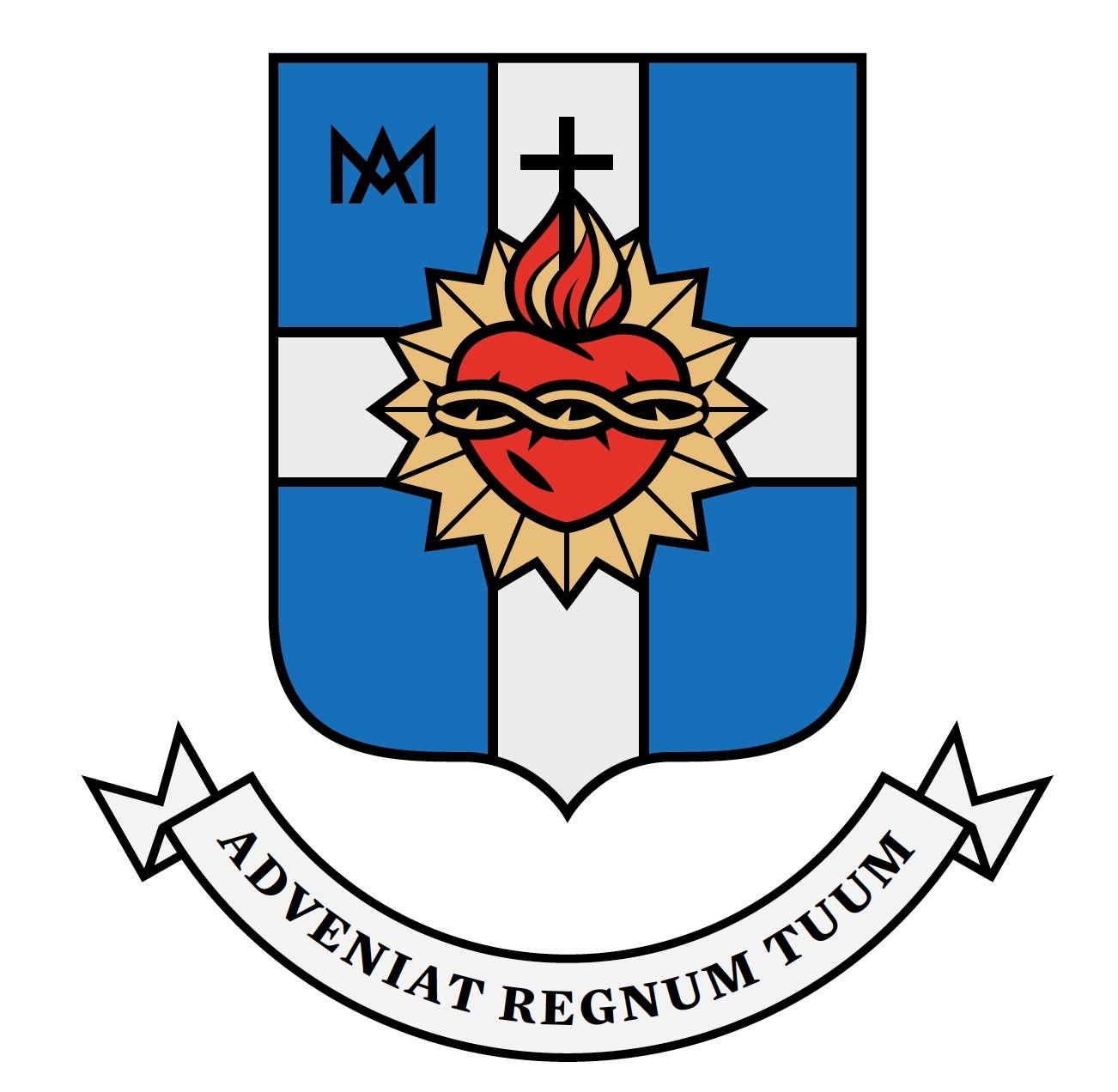Lent in the eyes of Africa: Second Sunday of Lent.
Every year, the second Sunday of Lent invites us to meditate on the Transfiguration of our Lord Jesus Christ on the Mount of Galilee, which is usually identified with Mount Tabor. The mountain, in the Scriptures, is the place of the theophanies, that is, of the manifestation of God.
The conception is not far from the African belief. The mountain is the dwelling place of both benevolent and malevolent spirits. Shrines were erected on the mountains. From where they were, were also places of prayer to God or to the ancestors, and as sacred places, they were forbidden to enter at any time; nor were they to be ventured into under any circumstances. In the first reading, it is also on the Moriah that Abraham goes for the sacrifice.
Jesus also goes to the mountain with three disciples to pray. Prayer is one of the pillars of Lent. We are invited to embark with Jesus and His disciples on this pillar of prayer. The three apostles are the ones who will witness some important moments in the life and mission of Christ: at the resurrection of the daughter of Jairus, in the Garden of Olives.
Why does He bring them to this mountain? To show them His glory or for His transfiguration. When they prayed, His face of Christ became radiant, of a whiteness that has no comparison. Whiteness is a sign of purity. It is His glory that manifests itself to them. And why at that very moment? The Gospels tell us that it was pedagogical. It was to cushion them from the shock of His passion and death, that tragic event that would shake their faith. In discovering His glory, they were supposed to remember Him in the moment of agony to understand that the passion and death is nothing compared to the glory that will be revealed by His resurrection. At Sinai, the people were afraid to look at the face of God. Here, the apostles have the courage to bear the radiant face of their Master, at least for a moment. Two men who also experienced the manifestation of God on the mountain appeared: Moses and Elijah. These two men form the synthesis of the law and the prophets.
Jesus is the fulfillment of the law and the prophets. In fact, their proclamation will finally come to fruition through the gift of His life and resurrection. The evangelist says nothing about the content of their conversation but we know that they were talking about His forthcoming departure to Jerusalem for the supreme sacrifice for the redemption of humankind. It is here that we too are interested in this presence on the Mount of Transfiguration as we prepare to live in faith the passion, death, and resurrection of Our Lord. Listening to the law and the prophets will help us to be well led towards Easter and consequently towards the eternal Easter in the house of the Father.
Now the cloud envelops them. The cloud symbolizes the divine presence. This cloud accompanied the people of Israel during the exodus. The experience of baptism is repeated. We hear the voice of the Father speaking: “This is my beloved Son.” He adds: “Listen to him”. In baptism, the announcement was not manifested as it is here. It is the manifestation of the Trinity. The Father speaks, the Son is transfigured, the Word par excellence of the Father. The Spirit envelops the space of the cloud. The apostles fell and covered their faces like the Israelites at Sinai. Man cannot listen to God without trembling. When they are awakened, they discover Christ alone who invites them not to reveal to anyone what they have just experienced, until His resurrection.
Lord, like Abraham whom You embarked on the adventure of faith, we follow You, sure that You will lead us through the tumults and tribulations, the joys, the sorrows, and the sufferings of our lives, to the glory of Your resurrection.




